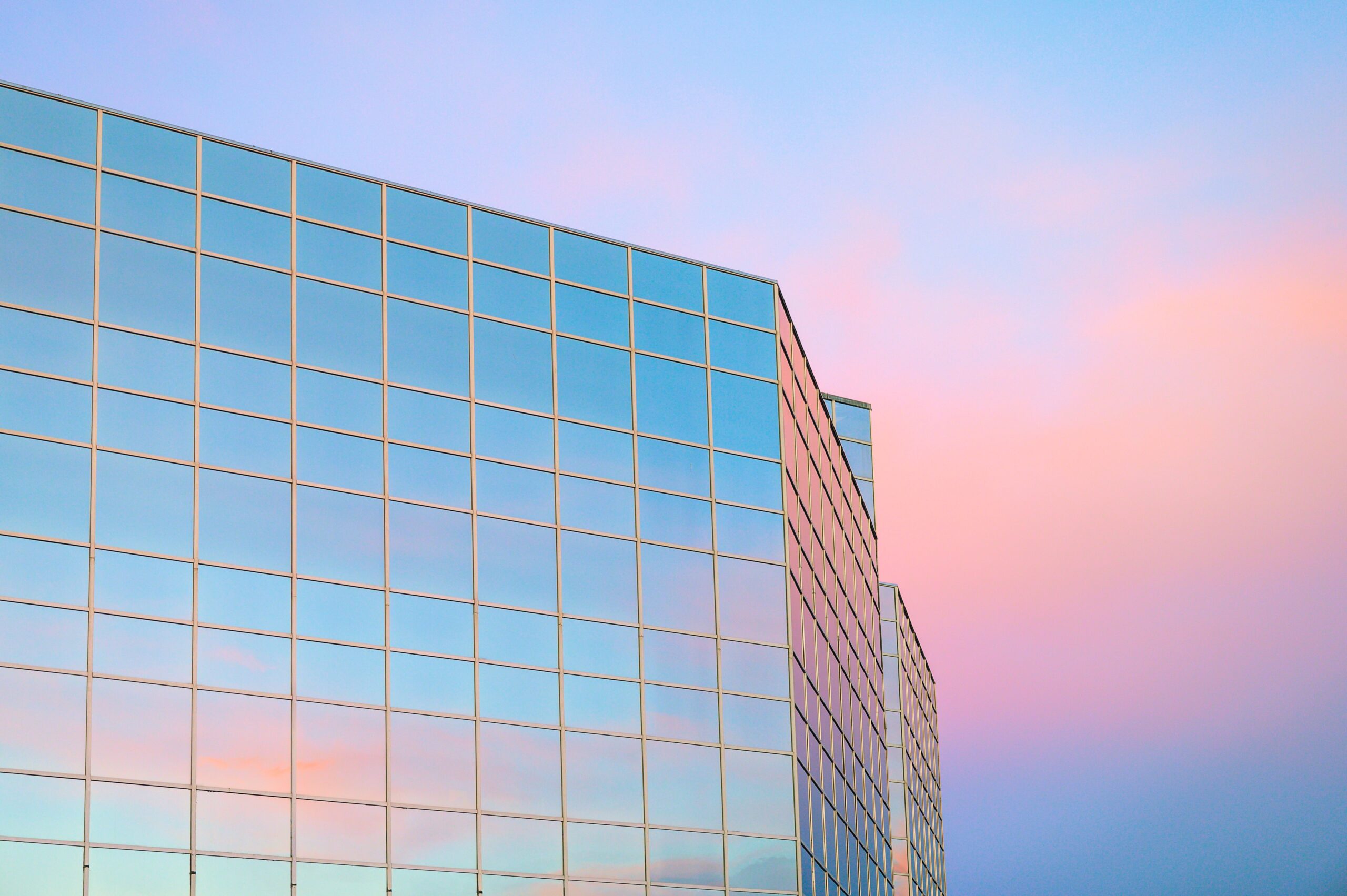The United States Green Building Council’s Leadership in Energy and Environmental Design (LEED) program certifies buildings meet strict environmental standards. Facilities across the globe use the system to gain its many advantages. Here’s what to know about LEED certification and the hidden benefits an owner can reap when they certify their building.
What Is LEED?
LEED is the most popular environmental accreditation program around the world. More than 100,000 structures use itto maintain their ecological standards. Having energy-efficient facilities helps reduce the impacts of climate change, create healthier municipalities and preserve the planet.
There are six main project categories eligible for LEED certification:
- Building Design and Construction: Builders can apply for LEED before completing their structures. It can serve as a valuable promotional tool for future tenants.
- Interior Design and Construction: Using efficient materials to create and renovate interiors can make a project qualify for LEED.
- Operations and Maintenance: Optimizing energy efficiency in structures can earn this certification.
- Neighborhood Development: Developments with residential or mixed-use spaces can qualify for this version of LEED.
- Homes: Single or multi family homes can apply for LEED.
- Cities: Entire cities can get LEED certification through efficient water and energy use.
Each building must comply with specific accreditation requirements to earn one of the certifications. Generally, one must meet goals for carbon emissions, water conservation, waste management, clean energy, sustainable materials and indoor environmental quality. Throughout accreditation, businesses can reach different tier levels that come with advantages.
A LEED-certified building should protect or restore water resources, promote sustainable and regenerative materials, reduce carbon emissions, improve individual and community health, and protect biodiversity. Some may claim they are “built to LEED” or have “LEED-equivalent certification,” but the USGBC says they cannot confirm those claims. LEED certification is the council’s only backed form of the program.
Accreditation is made of roughly 35% climate change contribution, 20% human health impact, 15% water resource impact, 10% biodiversity, 10% environmental economy contribution, and 5% community and natural resource impact.LEED projects exist in all 50 states and over 180 countries and territories. Recently, the USGBC announced LEED v5, which helps align certification goals with the 2030 and 2050 Paris Climate Accord targets.
The Hidden Benefits of LEED
While LEED certification shows an environmental commitment, there are many hidden advantages.
Lower Utility Costs
On average, a LEED-certified building uses 25% less non-electric energy than a non-certified alternative. Additionally, a University of California Berkeley study found buildings contribute 50% fewer water-related greenhouse gas emissions.
With an environmentally friendly design, they can maximize natural light and use cross ventilation, eliminating the need for artificial lighting or air conditioning. By using eco-friendly insulation, an HVAC system will use less energy. Automatic sensors on water taps and pipes can eliminate excess water use. Upgrading to newer equipment is an investment but will often require less maintenance, adding to the utility savings.
Tax Benefits
Different locations qualify for tax breaks based on their LEED certification. If a LEED-certified building lies in an economic growth zone, there’s a chance a company could pay little to no state or local taxes.
States with related tax incentives include Connecticut, Delaware, Hawaii, Illinois, Maryland, Nevada, New Mexico, New York, North Carolina, Pennsylvania and Virginia. Some offer exemptions to a portion of property taxes, while others provide grants or rebates.
LEED-certified locations earn tax incentives to help with a country’s overall environmental goal. Climate change is already causing unprecedented weather events, habitat loss and public health risks, and the developed world needs to commit to positive change. The incentives encourage more businesses to participate in sustainable development, helping them reach the promises of the Paris Climate Agreement.
Higher Resale Value and Faster Lease-Ups
Recent research shows LEED-certified structures were consistently more profitable between 2010 and 2020. There was an 11% increase in tenant-occupied rental units than non-certified places. The rise in income makes multi-family properties easier to resell.
Since the COVID-19 pandemic, tenants and buyers increasingly desire spaces that meet environmental, social and governance standards. Each building owner sets these standards that involve creating safe and efficient internal environments, such as low-emission appliances and sustainable air purification.
Employee Retention
LEED-certified offices can help companies attract and retain employees. Environmental commitments show an ethical standard and can provide a comfortable space for employees. Natural light and materials and focusing on insulation can maximize employee comfort, influencing their productivity.
Millennials and Generation Z are among the most environmentally conscious generations. They want to work for an employer committed to preserving the planet for themselves and their offspring. LEED accreditation can be part of a sustainability program, which 68% of prospective employees say impacts their decision to apply to a company.
Taking Advantage of LEED Certification
Earning a LEED certification can benefit building owners committed to improving the environment through their structures. From corporate stability to a substantial economic impact, applying for the certification is more than just a badge to hang on their design. Apply by registering on the USGBC website.










